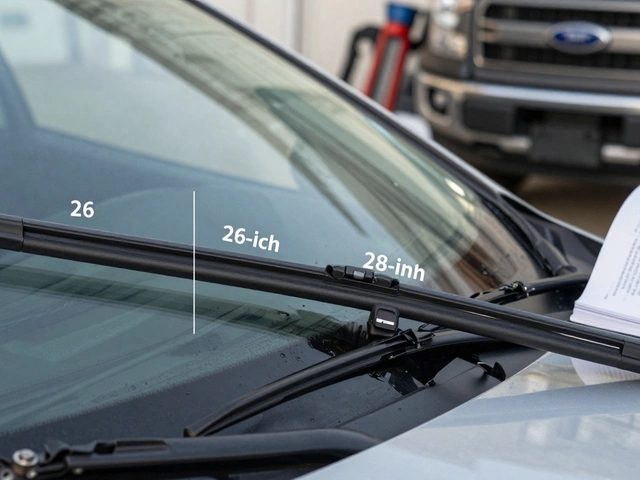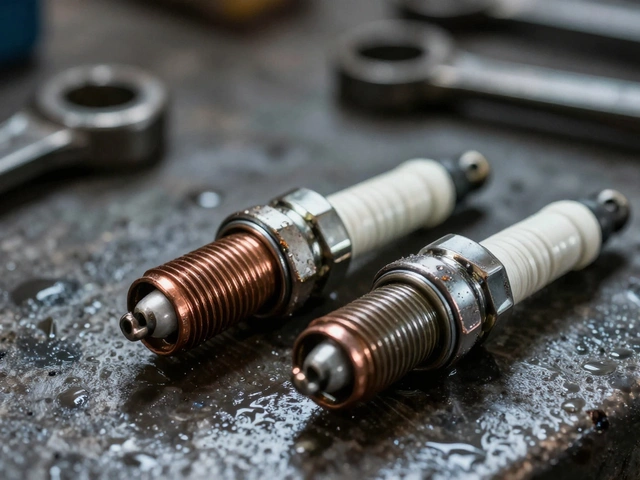3-inch exhaust: What It Is, How It Works, and What You Need to Know
When you hear someone talk about a 3-inch exhaust, a standard pipe size used in performance car modifications to improve airflow and engine output. Also known as 80mm exhaust, it's one of the most common upgrades for tuned engines, especially in cars with 250 to 400 horsepower. It’s not just about making noise — it’s about letting your engine breathe better. A 3-inch exhaust reduces backpressure, which means your engine doesn’t have to work as hard to push exhaust gases out. That translates to more power, especially in the mid to high RPM range.
This size isn’t for every car. If you’ve got a stock 4-cylinder with under 200 horsepower, a 3-inch system might be overkill — it could even hurt low-end torque. But if you’ve upgraded your intake, added a turbo, or tuned your ECU, a 3-inch cat-back exhaust, the section of the exhaust system from the catalytic converter back to the tailpipe becomes a smart move. It pairs well with high-flow catalytic converters and performance headers. Many enthusiasts who’ve swapped to a 3-inch system report better throttle response and a deeper, more aggressive tone without being obnoxious on the road.
It’s also worth noting that a 3-inch exhaust doesn’t work in isolation. It’s part of a bigger system. The exhaust pipe diameter, the internal width of the exhaust tubing that determines airflow capacity needs to match your engine’s output. For example, a 300 hp setup often hits the sweet spot at 3 inches, but a 500 hp build might need 3.5 inches or more. Too small, and you create a bottleneck. Too big, and you lose low-end driveability. Most professional tuners use dyno data and exhaust flow calculations to pick the right size — not just what sounds cool.
And let’s talk sound. A 3-inch exhaust doesn’t automatically mean a loud, obnoxious rumble. The muffler and resonator choices make the biggest difference there. A straight-through performance muffler will give you a bold tone, while a chambered or glasspack muffler can keep it deep but controlled. If you’re in the UK, you still need to stay within legal noise limits — a 3-inch system with the right muffler can pass MOT without drawing attention.
What you’ll find in the posts below are real-world experiences from people who’ve installed 3-inch exhausts, what they learned the hard way, and which setups actually delivered the power and sound they wanted. You’ll see comparisons between different brands, what happens when you pair it with a high-flow catalytic converter, and why some people regret going too big. Whether you’re thinking about a full cat-back system or just replacing a damaged section, this collection gives you the facts — no hype, no fluff, just what works.





